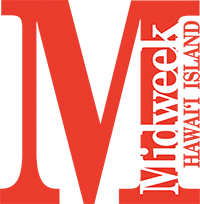The Kuleana Difference

Kuleana Rum Works features a full- edged operation that includes not only its distillery and farm, but also the ever-famous Kuleana Rum Shack restaurants at Queens’ MarketPlace in Waikoloa Beach Resort.
With its distribution reach growing each day, Kuleana Rum Works is proving that world-class rum can come from a Big Island distillery.
For centuries, the colorful history of rum has been intrinsically linked to sea voyaging, sailors, tropical locales and the spirit of adventure. Such is the case with Kuleana Rum Works, conceived by Big Island native Steve Jefferson during a sailing trip across the Caribbean in 2007.
Having spent the better part of that year cruising with his wife, Jackie, and their two small children on their sailboat, Jefferson dropped anchor off the island of Martinique, where he immediately noticed the many geographic, volcanic and climatic similarities to the Big Island. After visiting Martinique’s rum distilleries and sampling rare rum agricole made with fresh sugarcane juice, Jefferson decided right then and there that he wanted to pursue a rum-making business on Hawai‘i Island where he grew up.
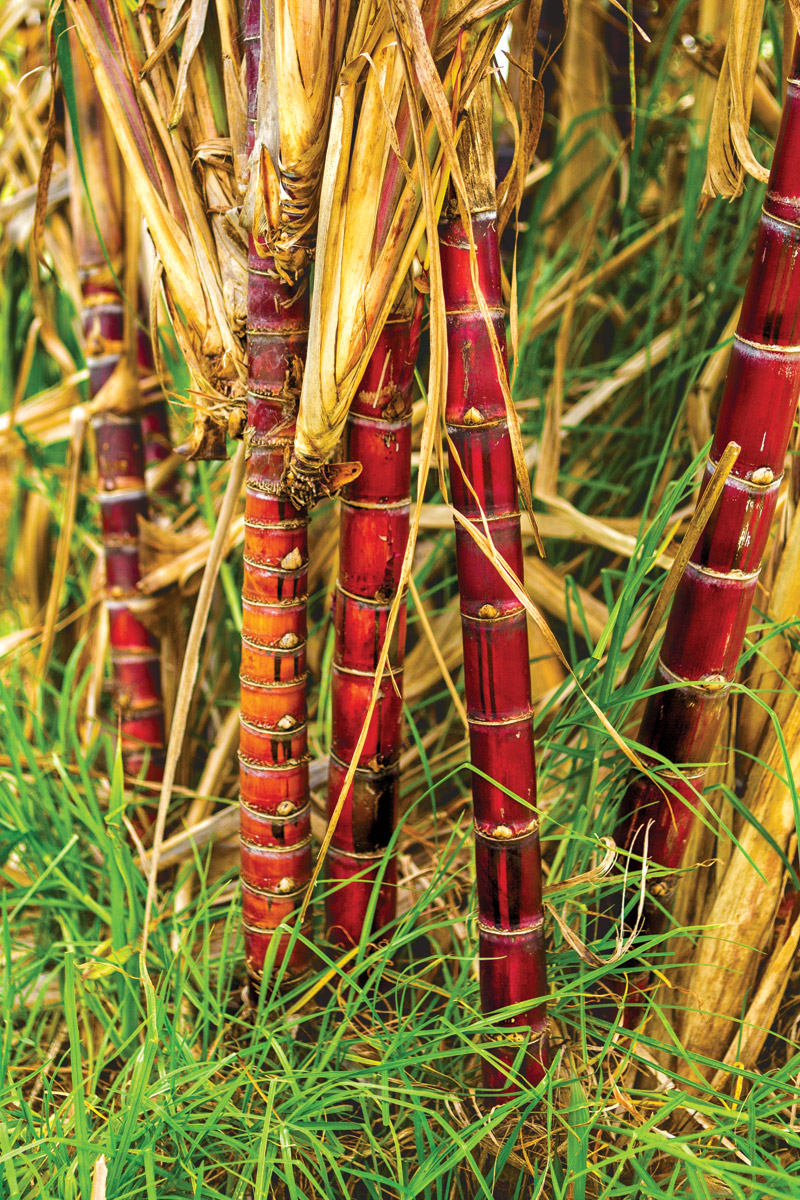
Officially launched in Kohala in 2018, Kuleana Rum Works is the Big Island’s first-ever distillery. The company produces super-premium rum from 40 different varieties of Hawaiian heirloom sugarcane grown on a 45-acre farm on the slopes of Kohala Mountain at ‘Upolu Point. Now distributed in five states, including the entire state of Hawai‘i, Kuleana Rum Work’s roster of rums includes three different hand-crafted, highly rated brands, including a rare rum agricole, and two unique, award-winning blends. Here on the Big Island, you can find Kuleana rum wherever fine spirits are served and sold — including in Waikoloa Beach Resort at Kuleana Rum Shack restaurant, which doubles as the company’s visitor center for the entire brand.
“Our intention is to bring world-class rum to the U.S. and beyond while highlighting the very best of Hawai‘i through our brand,” says Jefferson, founding partner and CEO of Kuleana Rum Works.
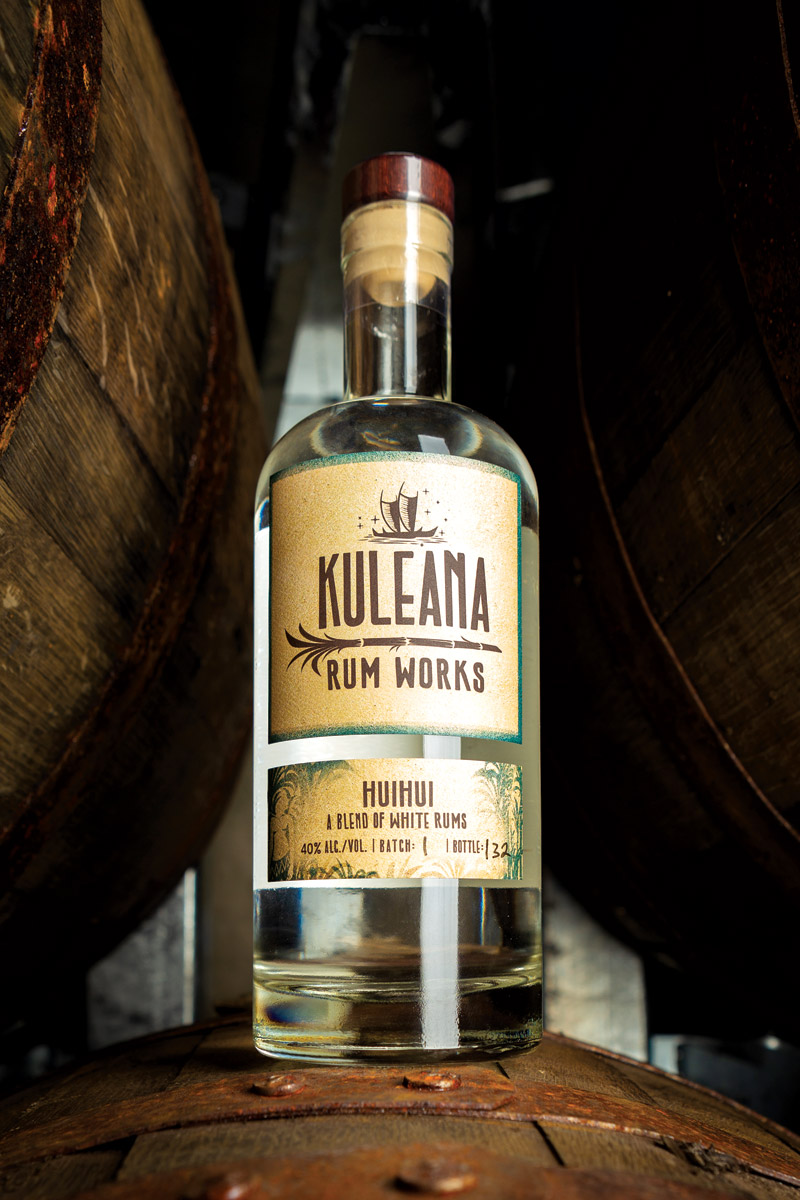
“This is not a mom-and-pop business or a boutique pursuit. We have a fantastic group of investors who are supporting us. We strive to make the best possible rum in the world while telling the story about how awesome Hawai‘i is.”
What sets Kuleana’s rum apart from run-of-the-mill rum? Jefferson points to the purity of the process:
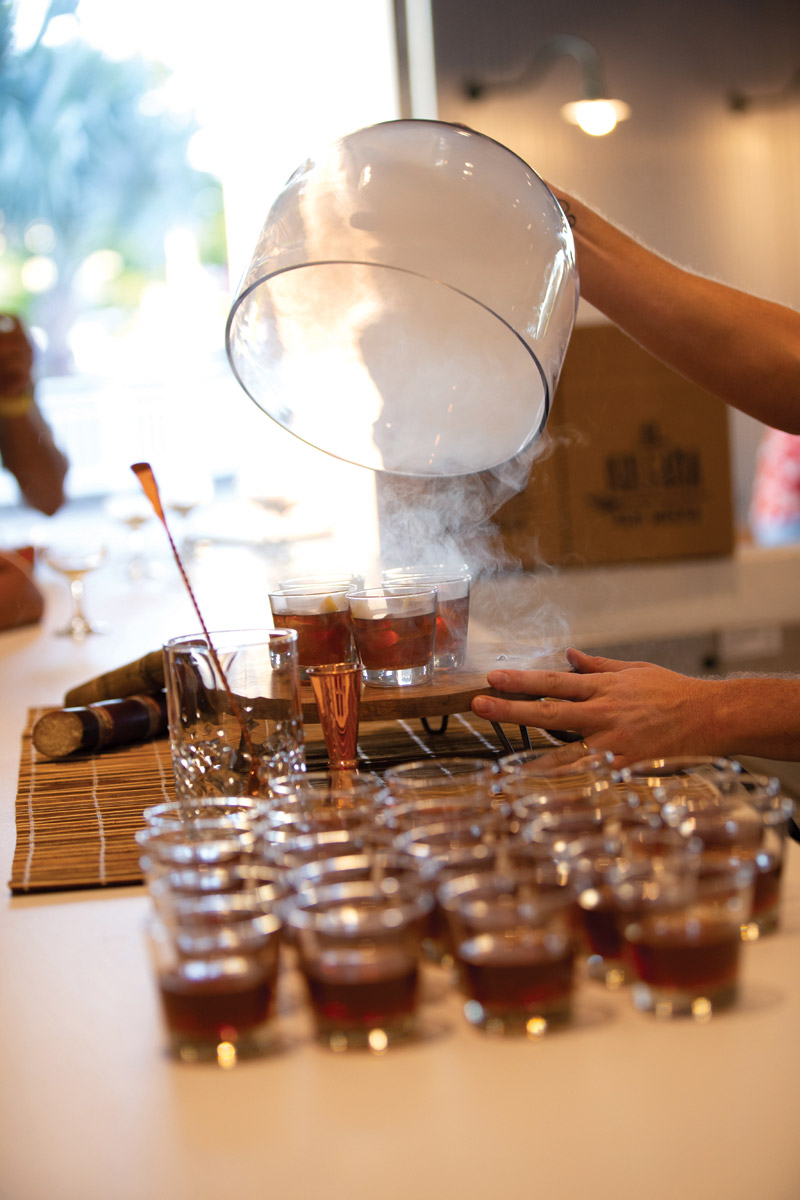
“With most rum, nine out of 10 of the largest producers in the U.S. add colors, flavors and/or sugar to their rum. Additionally, virtually all rum is made from molasses, which is the byproduct of processing white sugar.
“If you follow our process to make a single batch of our rum agricole from start to finish, it takes about four hours to hand-cut the sugar-cane, then it gets transported to our juicer, which is actually a vintage juicer from the 1800s. We crush 500 liters of cane juice at a time and then send it to at our distillery in Kawaihae to ferment for two days, after which it gets pumped into a handmade copper still from Portugal.”
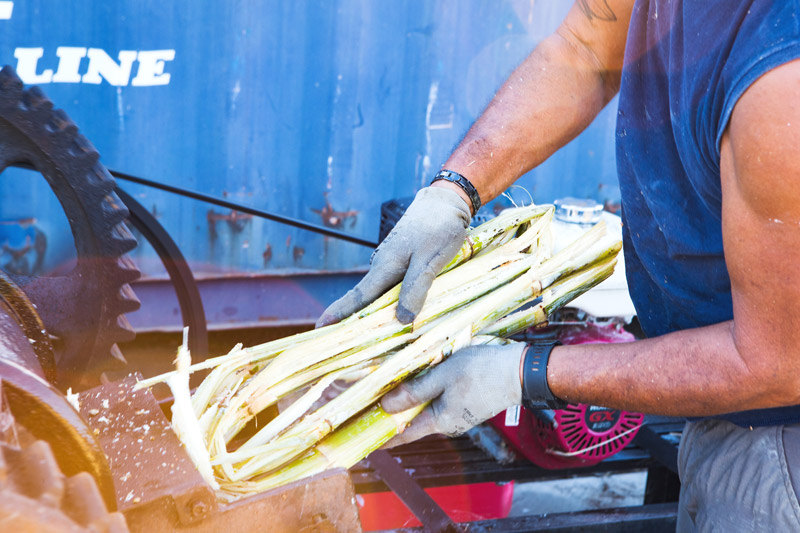
Jefferson notes that during the all-day distillation process, the vapor travels in a closed system into a condenser until it turns back into a liquid that is the rum. The process is technique-sensitive, allowing for almost half of the output (rum) to be the juice itself.
“That’s where all the flavor comes from,” he adds. “Most rums typically come out of the still at 94 percent alcohol, meaning only 6 percent of the output adds to the character and flavor.”
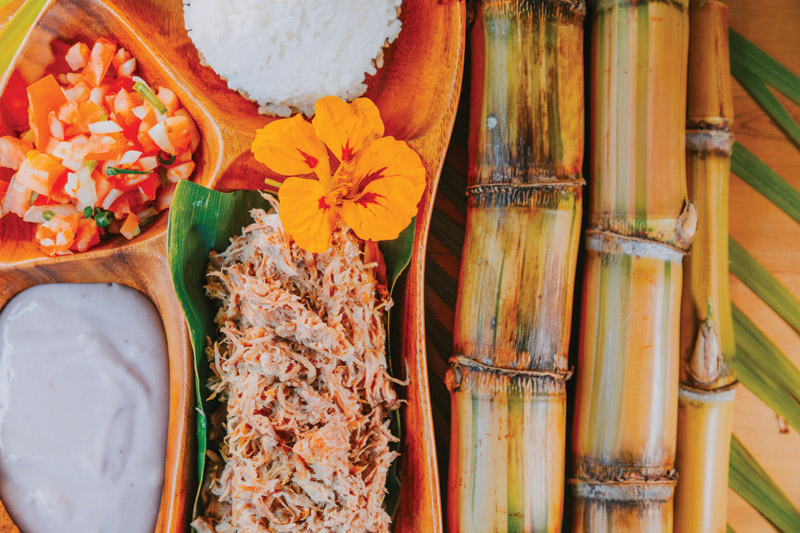
With only one ingredient (besides yeast), the quality of super-premium rum agri-cole is highly dependent on the quality of the juice itself, a direct result of the kind of sugarcane grown and harvested by Kuleana Rum Works.
In the beginning, when Jefferson was experimenting making rum with feral sugarcane, he met sugarcane expert Noa Lincoln, a Native Hawaiian and University of Hawai‘i at Mānoa professor who completed his Ph.D. thesis at Stanford University examining ancient Hawai‘i field systems. As part of his journey, Lincoln delved into the few varieties of sugarcane were originally brought to the Hawaiian Islands onboard Polynesian voyaging canoes a thousand years ago.
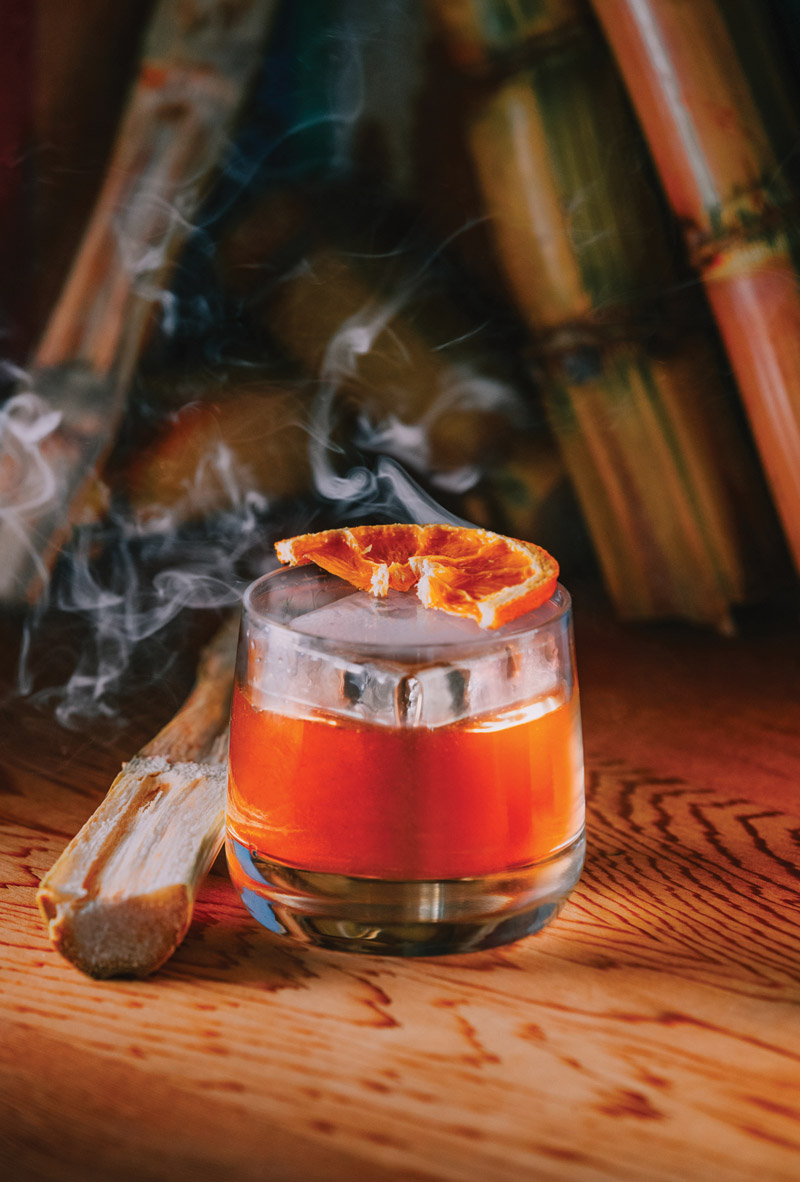
“Noa showed that Hawai‘i has upwards of 50 unique varieties of sugarcane developed over a millennia of farming by the Hawaiian people,” says Jefferson. “Sugarcane actually originates from Papua New Guinea, and was shared around the Pacific by wayfarers and ancient navigators. Noa worked for years to identify all the original stalks that the ancient Hawaiians cultivated from what was likely just a couple original introductions. We have cultivated all the varieties given to us from Noa. In the beginning, we were growing sugarcane from cuttings in our yard as well as on land we leased at Kahuā Ranch. Eventually, we replanted it into our own cane fields.”
Born in Honolulu, Jefferson moved to Hawai‘i Island with his family at age 12. He grew up in Kona, graduated from Konawaena High School in 1986 and then earned a degree from UC Santa Barbara. After working as a journalist in Hawai‘i and in tech reporting in San Francisco, he switched career tracks, building and flipping houses on the Big Island during the real estate boom of the mid-2000s.
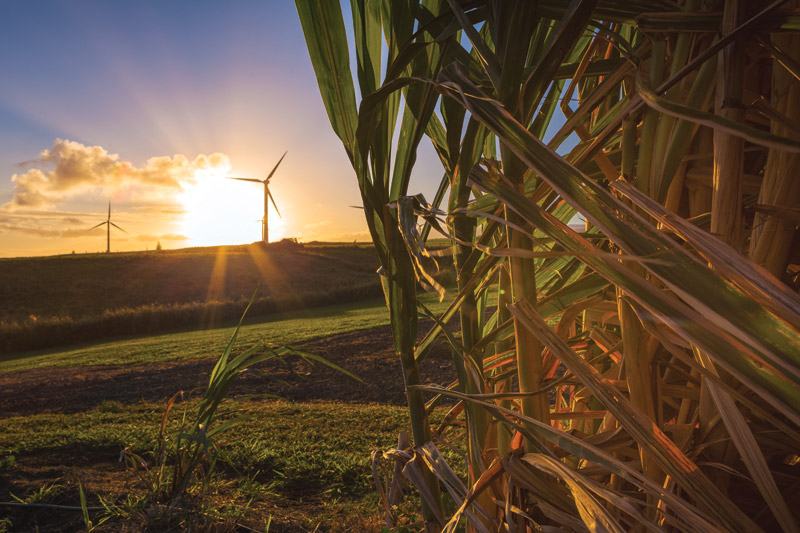
Foreseeing the coming recession and foreclosure crisis, he and Jackie left to go sailing with their two children. When the timing was right to embark on his dream, he moved back to Hawai‘i in 2012 to launch Kuleana Rum Works.
As it turns out, Jefferson’s own family history is rooted in Hawai‘i’s plantation era. His grandfather was a chief engineer of a Matson passenger ship, and later held the same role at Dole Pineapple. Perhaps the spirit of his grandfather guided Jefferson in the early days of Kuleana Rum Works as he sat in his backyard with his co-founders, Chris and Lora Schlarb, trying to figure out how to make rum in a small still using wild sugarcane from Hāmākua.
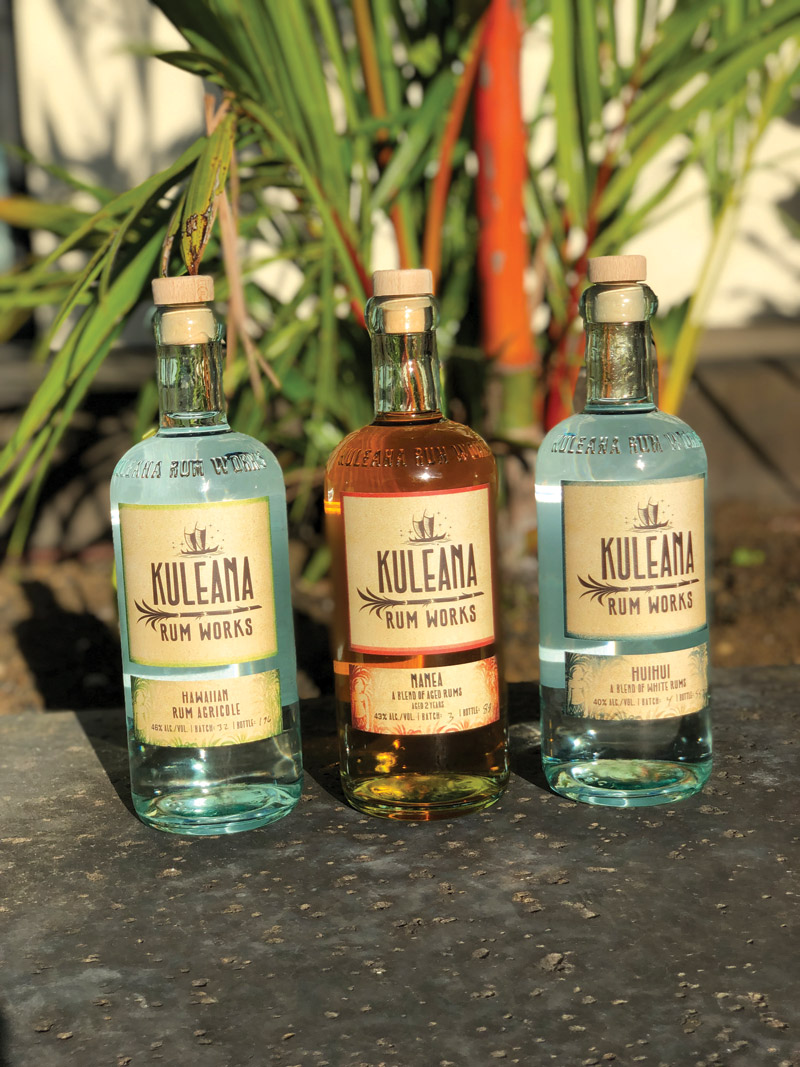
Today, Jefferson continues to take the company to the next level. In January 2019, the company opened Kuleana Rum Shack at Queens’ MarketPlace. The family-friendly restaurant includes a delicious menu created by chef Keola Valdez, along with signature libations made with rum crafted by Kuleana Rum Works.
“You can buy rum at the Rum Shack, order cocktails, do tastings and learn about the brand,” Jefferson adds. “The bar nerds will be blown away by our first-class bar program. We have some very rare spirits there, not just rum. Anybody who is a fan of having a good time will appreciate Kuleana Rum Shack.”
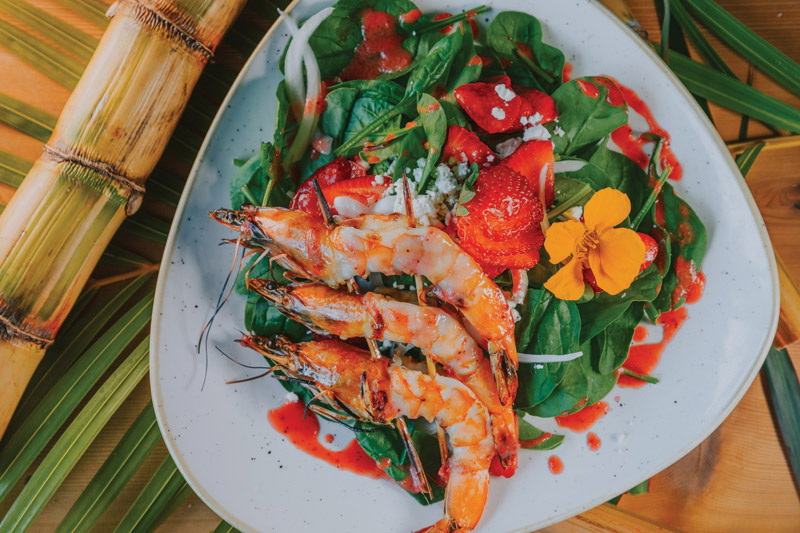
Kuleana Rum Works products pair well with food served up at Kuleana Rum Shack.
With its headquarters in Waimea, its 3,600-square-foot distillery in Kawaihae, its restaurant at Queens’ MarketPlace, and its farm in Hawi, Kuleana Rum Works embraces all of Kohala.
“We are located in all four points in the districts of North and South Kohala,” says Jefferson. “The spirit of Kohala embodies our philosophy and vision at Kuleana Rum Works. To us, the word ‘kuleana’ means being responsible for something with intention and accountability, as well as the privilege of bringing something of value to the community. Our kuleana is to help bring back these ancient sugarcanes into existence and have them growing again to be used for productive purposes. We are a small part of continuing the evolution of the story of Hawai‘i, and that’s what is behind our name.”
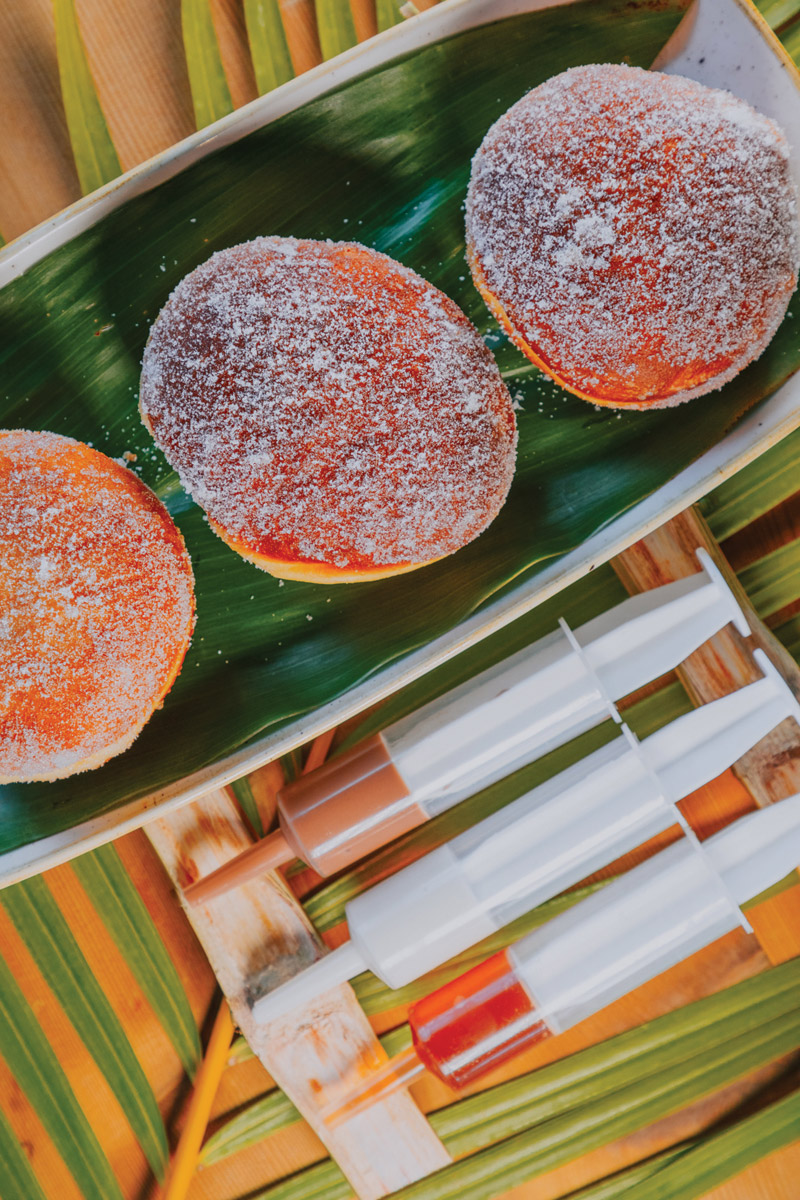
For more information, visit kuleanarum.com.
